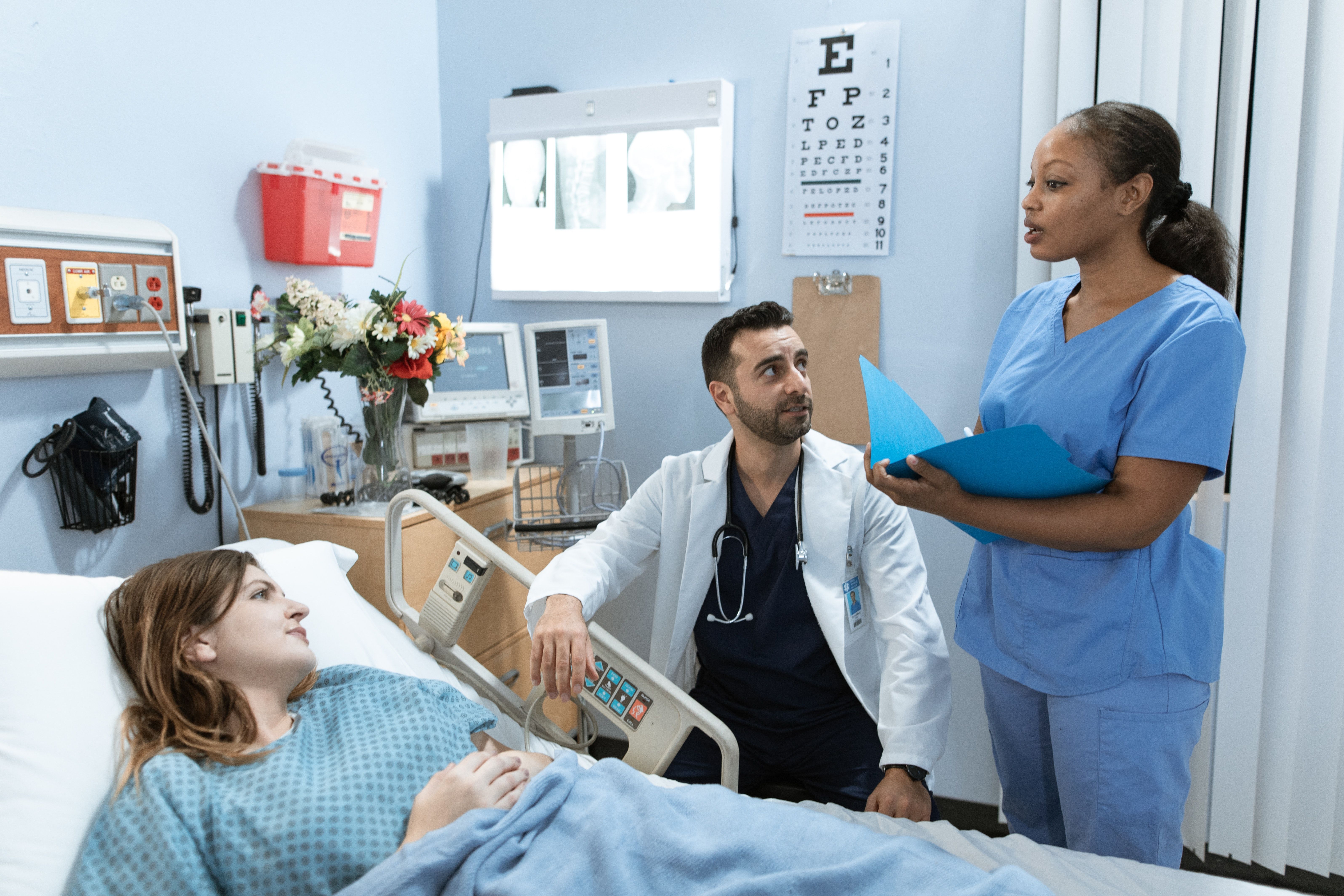Article
New Study Highlights C Difficile Lineage in Germany
Author(s):
The abundance of ribotype 027 was low, while the prevalence of RT001 declined from 12.3% to 3.7% during the three-year study period.

New research after isolating Clostridioides difficile infection (CDI) samples shows ribotype 014 was the most prevalent strain in German hospitals between 2019-2021.
A team, led by Ahmed Mohamed Mostafa Abdrabou, MD, Institute of Medical Microbiology and Hygiene, University of Saarland, identified the ribotypes found in C difficile samples, while also calculating antibiotic resistance associated with the different strains.
There are several hypervirulent lineages of C difficile, including ribotype 027 and ribotype 078 that lead to outbreaks and more severe disease course.
However, many countries, including Germany, have not implemented an active surveillance system targeting molecular epidemiology and corresponding antimicrobial resistance.
The Program
University hospitals throughout Germany have collected their first 10 unselected samples being tested positive for C difficile on April 1 and October 1 of every year since October 2019.
There was a total of 1026 samples identified from 29 sites, resulting in 876 toxigenic C difficile strains cultivated. After the investigators conducted PCR ribotyping they found a large strain diversity. Overall, the most prevalent strain was RT014 (17.5%), followed by by isolates of the major nosocomial lineage RT001 (7.1%) and the “hypervirulent” lineage RT078 (5.9%).
They also found the prevalence of RT027 was low with approximately 3.5% at all time points analyzed. The abundance of RT001 isolates also declined from 12.3% to 3.7% during the sampling period (P <0.001).
Antimicrobial Resistance
The investigators also found antimicrobial resistance against clarithromycin was 18%, compared to 15% for moxifloxacin and 4% for rifampicin.
The highest resistance rates were shown in the RT027 isolates (83%, 87%, and 63% for clarithromycin, moxifloxacin, and rifampicin, respectively).
On the other hand, vancomycin resistance was not identified and metronidazole resistance was only detected in a single RT027 isolate.
“This Germany-wide continuing surveillance effort with a standardized mode of isolate acquisition indicates that isolates of RT027 were only sporadically detected under these strain acquisition conditions, and RT001 seems to become less important in the hospital setting, being replaced by other RTs,” the authors wrote.
Data in Slovakia
Last year, investigators conducted a similar study in Slovakia.
The study included data from patients with CDI from July to August 2016 from hospitals in the Horne Povazie region of northern Slovakia. The investigators also identified hypervirulent strains such as the presence of RT027 or RT176.
A total of 44 C difficile isolates were identified using PCR ribotyping, with 5 prominent ribotypes—RT001, RT011, RT017, RT081, and RT176. However, the presence of hypervirulent RT027 was not identified.
RT001, RT011, RT081, and RT176 were deemed susceptible to metronidazole and vancomycin, while RT017 had reduced susceptibility to vancomycin.
There was also not a statistically significant difference between RT001 and RT176, the most prevalent PCR ribotype from both inpatient and outpatient individuals, regarding various variables, including albumin, CRP, creatinine, the length of hospitalizations (P = 0.175), and glomerular filtration (P = 0.05).
The study, “Implementation of a Clostridioides difficile sentinel surveillance system in Germany: First insights for 2019–2021,” was published online in Anaerobe.





